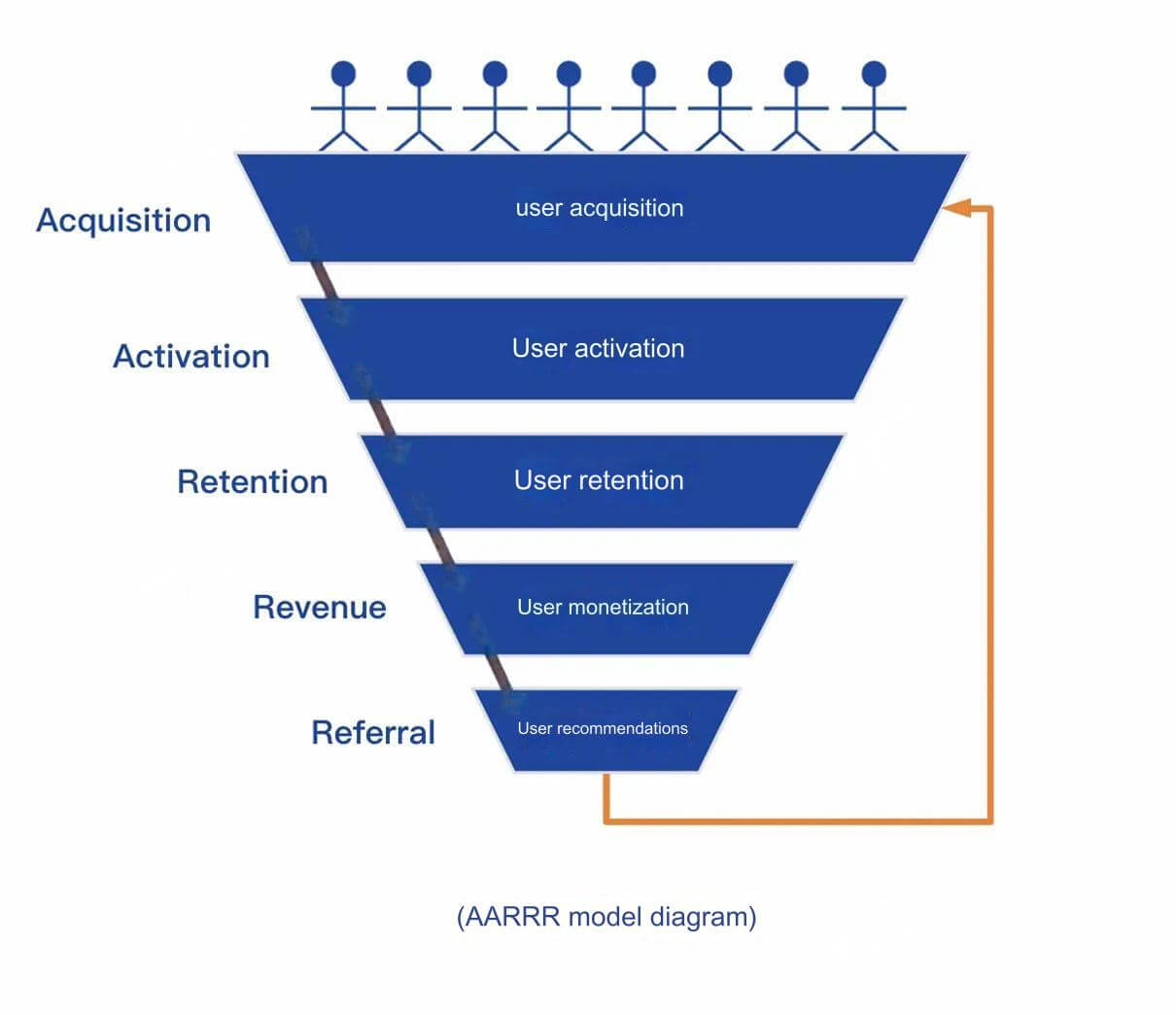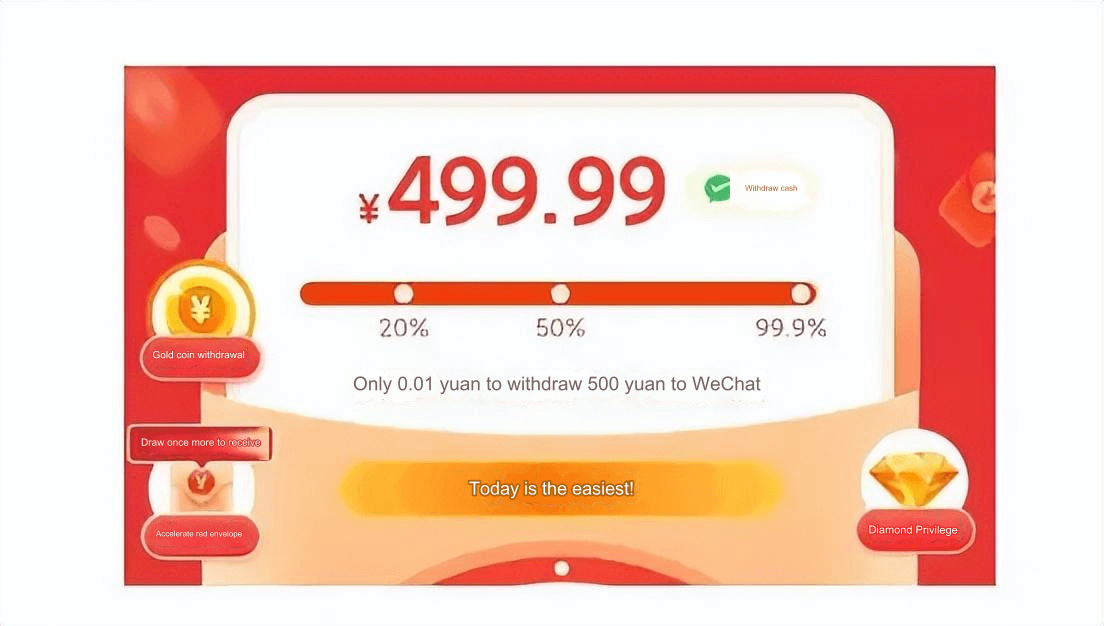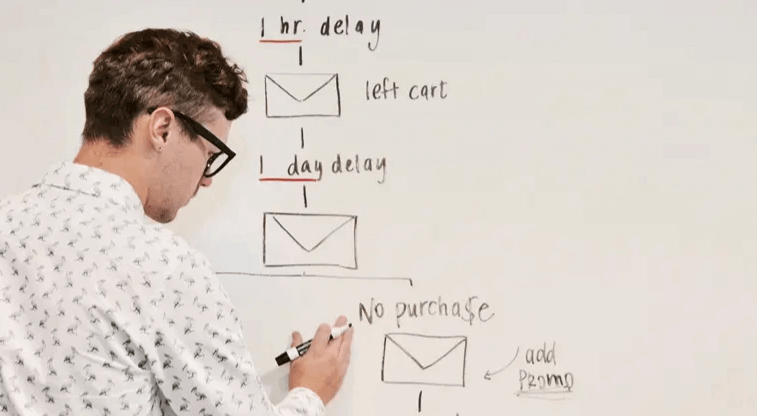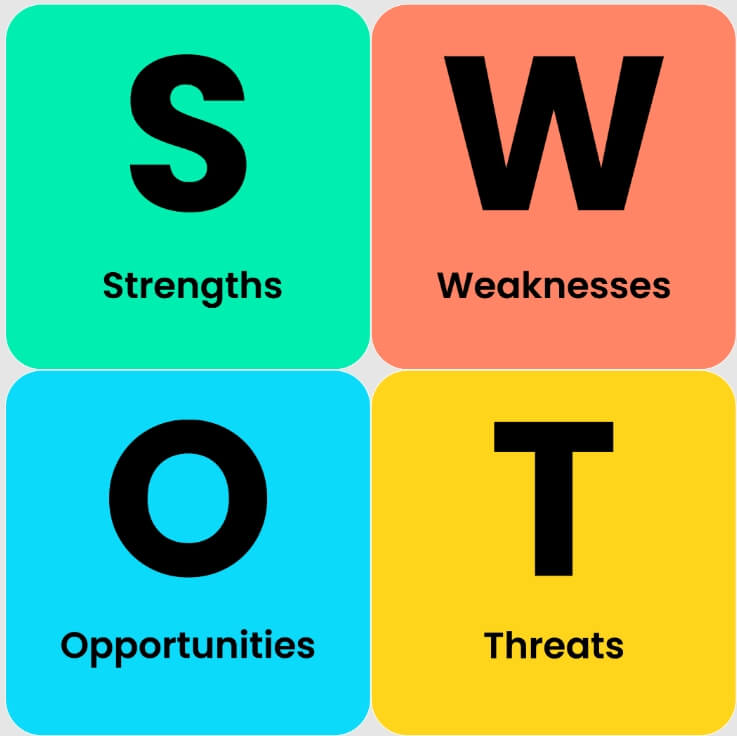Discover how marketing automation can transform your business by streamlining customer acquisition, boosting retention, and enhancing user engagement. Explore key strategies and insights to optimize each stage of the customer journey with precision and efficiency.
This is an introductory article, not covering specific operations. There are no self-promotion gimmicks or industry jargon here. Rational thinking and judgment will take us further—let's grow together.
1. What is Marketing Automation?
Many people often confuse SCRM with MA, but they are not entirely synonymous.
Marketing automation (MA) is a tool that automatically executes marketing actions based on predefined conditions. The basic functions that a marketing automation system must have include: user data collection and storage (CDP), channel integration, automation, tagging, scoring, marketing material/content management, data visualization dashboards, interaction features, rich API interfaces, and more.
SCRM, on the other hand, stands for social customer relations management, which focuses on customer interaction management through social media platforms such as WeChat, Facebook, LINE, etc. It can be understood as a simplified version of MA + CRM. Compared to a full-fledged marketing automation system, SCRM has a narrower application scope and less flexibility, but it is more specialized in social functions.
2. The Trend of Marketing Automation
As population dividends fade and traffic becomes more dispersed, customer acquisition is getting increasingly expensive. Competition for existing users among companies is becoming more fierce. Today, a user may belong to your company, but tomorrow, they could switch to a competitor. During economic downturns, customer loyalty declines as purchasing desires drop. This forces companies to not only use their limited budgets wisely but also invest more effort into user retention and conversion.
This is why more and more companies are focusing on refined operations, moving away from just brand building or pouring money into user acquisition. Fine-tuned operations are an essential trend for companies seeking to reduce costs and improve efficiency. Through MA systems, each stage of the AARRR model can be managed effectively.

1. User Acquisition (Acquisition)
Identifying/Recording channel sources: Enables traceability and attribution of leads for later follow-ups.
Unified data integration across channels: Saves marketers time and minimizes errors in data statistics.
Support for both social media and traditional channels: Including WeChat, Facebook, Twitter, LINE, SMS, EDM, etc.
Data cleansing: Automatically merge and complete source data based on conditions to enhance user profiles.
2. User Activation (Activation)
Automated triggers: Send the right content to the target customers through the right channels at the right time.
3. User Retention (Retention)
User behavior tracking
Marketing actions: Auto-pushing notifications for events/materials/downloads.
Churn warnings
4. User Monetization (Revenue)
Coupon distribution (To C)
High-value target customer recommendations: Automatically push users who meet specific conditions (scores, behaviors, attributes) to outbound teams or sales for follow-up (To B).
Renewal reminders
Transaction data feedback
5. User Referral (Referral)
Referral activities
Commission-based campaigns
Large enterprises typically allocate marketing automation roles to their product and research teams, while smaller businesses usually assign this responsibility to their marketing teams.
For mid-to-large enterprises, marketing automation systems are more suitable due to the high costs of self-development or purchasing, along with the subsequent operational and maintenance expenses. Such systems require a company to have a profitable product or service to support these costs. Small businesses might not be able to afford the setup and maintenance costs.
3. Which Industries/Products are Suitable for Marketing Automation?
From my limited experience, industries or products suited for marketing automation share the following five characteristics, listed in decreasing order of importance:
1. High Purchase Frequency
As seen from the retail sector's frequent discount events and extensive advertising, competition in high-frequency industries/products is fierce. Success depends on how quickly and intensely a brand can expose itself to users during their fragmented time, which can no longer be achieved solely through human effort.
2. Large Potential User Base
In industries like food and beverage, which fulfill the most basic physiological needs in Maslow’s hierarchy, any person with purchasing power is a potential customer. However, from "seeding" potential customers to actually "harvesting" them, there are many risks and uncertainties.
MA systems offer a solution by providing virtually limitless "pools" to classify, track, and deliver targeted information to every "seed" (user), something traditional human effort cannot achieve as efficiently.
3. Diverse Product Range
Diverse products mean the ability to satisfy a broad range of user needs quickly and increase LTV (lifetime value). In sectors like e-commerce or education, there’s always something for every user, and personalized recommendations can keep fulfilling new needs post-purchase. All of this requires timely and accurate information to be pushed to the right users.
4. Long Conversion Cycles
Industries like B2B and maternal/infant care have long conversion cycles or long user lifetimes. Their common characteristic is the presence of key user journey stages, where the same user may have entirely different needs at different stages. The ability to predict and manage these stages is crucial for long-term success.
5. Specialized Industries
Industries like finance, home decoration, or cosmetic surgery tend to be highly specialized and involve significant financial commitments, leading users to be more cautious and compare options thoroughly. Here, brands need to demonstrate professionalism while also providing the right incentives to convert hesitant users.
4. How Should Companies Evaluate Whether to Implement Marketing Automation?
Though specific industries have been highlighted, each company’s unique conditions mean results can vary widely. Business owners should ask themselves three questions after evaluation: What role does marketing automation play for us at this stage? Should we implement it? If we do, can we accept the results?
Data volume: Are there enough conversions at each stage to generate ideal results?
Resource allocation: It’s not realistic to expect one or two people to manage marketing automation well. Have resources, personnel, and materials been scientifically evaluated and allocated?
Expected goals: Marketing automation is something that the Chinese market will inevitably adopt at a certain stage, but it is not a quick fix. Have you set clear, phased goals?
5. Conclusion
Marketing automation (MA) serves as a company's growth platform. It helps marketing teams quickly assess channel effectiveness, operations teams verify strategies, product teams identify users' aha moments, and sales teams pinpoint key customers and the best times to engage.
MA is a large and complex system, with most vendors offering similar core functionalities. Businesses should choose systems based on their specific needs and goals. Importantly, having professional talent and the ability to adapt and troubleshoot along the way is crucial.







